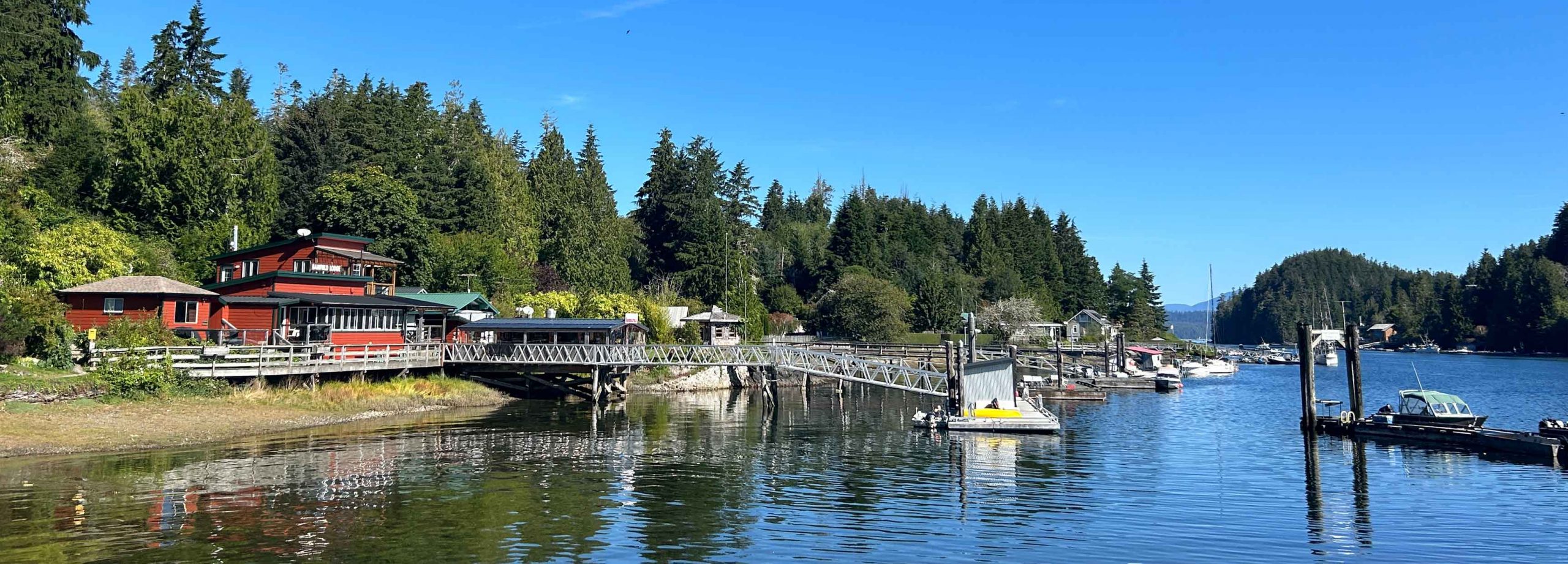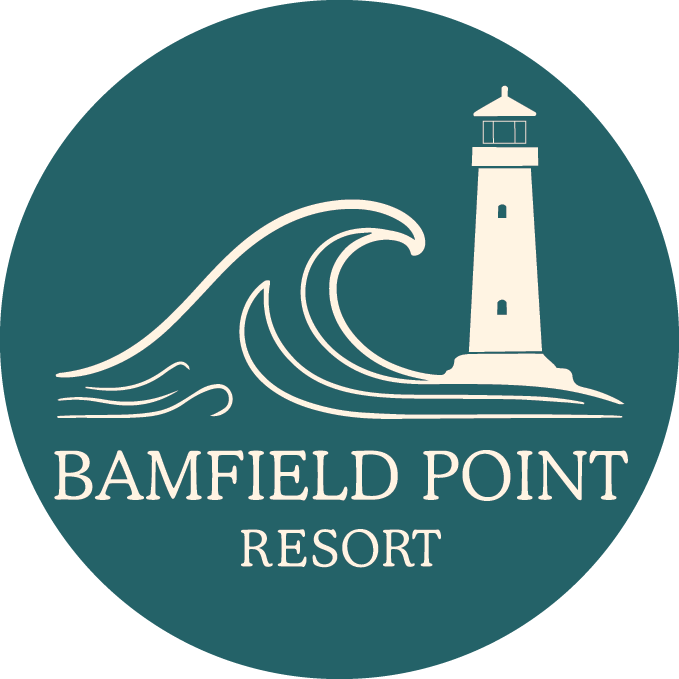
Bamfield is divided into two areas, separated by approximately 200 yards of the Bamfield Inlet. The west side of the village offers a waterfront boardwalk that connects all the homes and docks on the harbour. On the east side of Bamfield you’ll find local businesses that include a friendly pub, a food market and café.
Bamfield, Past to Present
Between 1859 and 1862, William Eddy Bamfield was employed as the Government’s first white settler, Indian Agent, trader, explorer, writer and entrepreneur in Barkley Sound. William bought Rance Island from the Huu-ay-aht First Nation who have been settled in the area since time immemorial. The Huu-ay-aht lived in the Anacula Village region next to Bamfield, which was established by the Tyee-Hawaiih, Art Peters.
William set up a trading operation at Rance Island, remaining unmarried with no heirs, and died off Aguilar Point, in his canoe.
- In 1872, the first lighthouse on the West Coast of Vancouver Island was constructed at Cape Beale with the help of the Huu-ay-aht people.
- Between 1907 and 1910, the now famous and well-hiked West Coast Trail was reconstructed from the old telegraph and lifesaving trail located in the Pacific Rim National Park running from Bamfield to Port Renfrew.
- In 1902, the Bamfield Cable Station became the terminus for a 4000-mile underwater communication system that linked the commonwealth countries.
- In 1969, five Western Canadian universities bought the cable station and built the Marine Biological Station.
- Today, about 300 people live in Bamfield year-round, and residing in the area to date is over 700 Nation members. During peak tourism season in the summers, more than 10,000 tourists visit this area from all over the world to enjoy the wilderness, and the lifestyle of our great outdoors.
Today, about 300 people live in Bamfield year-round, and residing in the area to date is over 700 Nation members. During peak tourism season in the summers, more than 10,000 tourists visit this area from all over the world to enjoy the wilderness, and the lifestyle of our great outdoors.
